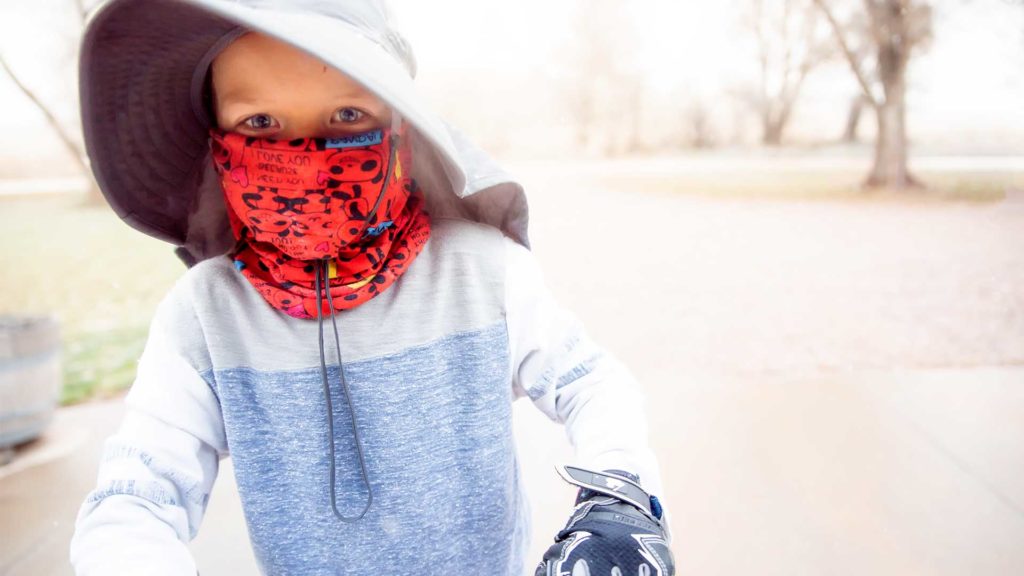With two children suffering from a rare sun disease, this Spearfish family has found creative ways to adapt to everyday life.
Heather and Ryan Koerner had no idea anything was amiss with son Noah until a long drive across South Dakota when he was a little over a year old. The family were returning to their home in Spearfish following a trip to Wisconsin when Noah began crying and screaming. “It was the longest car ride of our lives,” Ryan recalls. There’s nothing unusual about children crying, but Noah’s tantrum lasted for hours—a clear sign that something was wrong. A visit to the doctor confirmed their fears: Noah was diagnosed with erythropoietic protoporphyria, a disorder so rare it affects fewer than 500 people in the United States.
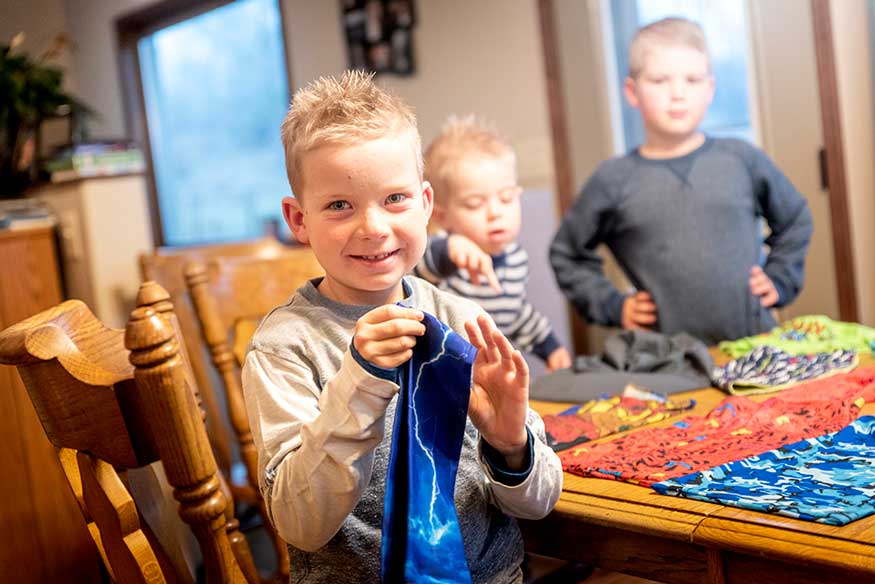

Erythropoietic protoporphyria, commonly referred to as EPP, is a genetic disorder that causes tingling, itching, burning, and extreme pain when patients are exposed to sunlight. The severity of symptoms and amount of sun exposure individuals can tolerate varies from person to person. Long-term complications include liver failure (affecting 5-10 percent of patients) and gallstones.
There is no cure for EPP, though longitudinal research studies and clinical trials are attempting to find solutions.
Patients must avoid the sun and protect themselves when venturing outdoors; they have been dubbed “shadow jumpers” for their ability to go from shadow to shadow, always looking for the safety of shade.
Because EPP is a hereditary disorder involving a gene mutation, Heather and Ryan were caught off-guard by the diagnosis. Neither had a family history of the disease, or had even heard of it before. Adapting to a life where the sun could cause harm was a learning experience for the whole family, including older brother Skylar, who was symptom-free. Heather and Ryan’s backgrounds—both are nurses—helped. Still, the diagnosis changed the way they parented.
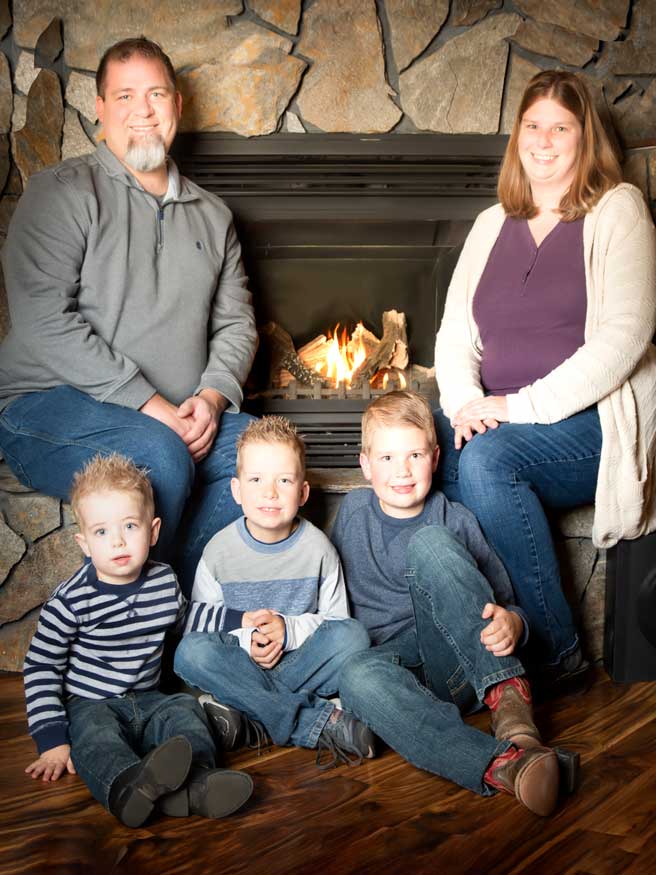

They began dressing Noah in long sleeves, wide-brimmed hats, and gloves to ensure he was covered at all times. They erected a tent over the swimming pool, built hoop sheds, added seat-mounted fans to the truck, and learned that cool washcloths, fans, and hydroxy cream all help soothe discomfort and irritation.
One lesson the Koerners learned was that EPP requires planning year-round. It might sound like summer is the season to be most concerned with, but even winter poses challenges. “You know how everybody’s wrecking in ditches during the first few snowstorms?” Ryan says. “Glare reflecting from the snow can affect Noah, too!”
“EPP makes you rethink a lot of things,” Heather adds. When going out, for instance, the family scouts out shady places and packs a traveling bag full of UV-protective clothing, hats, gloves, battery packs, washcloths, and fans. “We’re always prepared to change plans in case the kids get hot or start to itch. We have an exit plan for everything.”
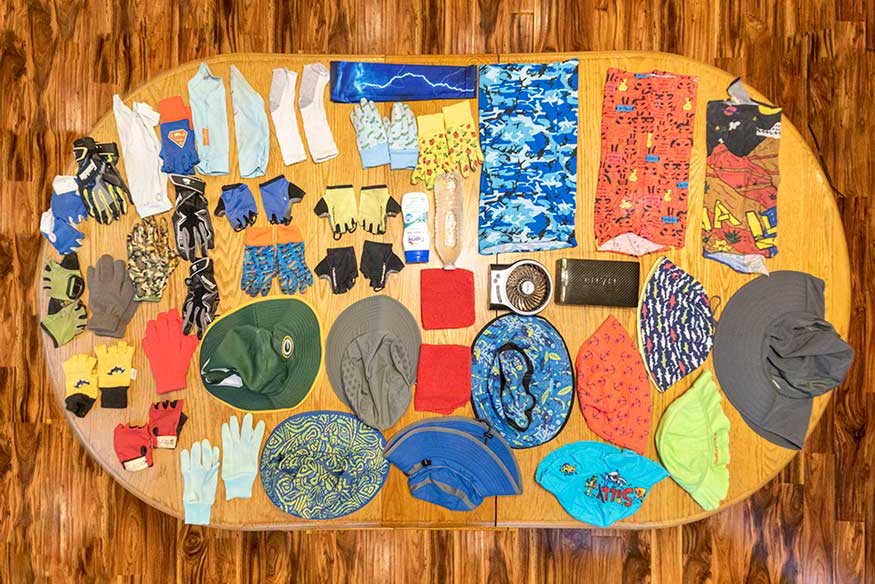

You might have noticed that Heather said kids. Plural is correct: their youngest son, Asher, was also diagnosed with EPP in July, 2019. Asher was 22 months old at the time—the same age as Noah (now 6) when he was diagnosed. His symptoms are milder than his older brother’s, but still require careful planning. At least this time, the family was better prepared.
The community has been extremely supportive of the Koerner family. Noah’s school, Mountain View Elementary, has been very accommodating; they set up meetings to learn more about his condition, switched out the indoor lights to lower-wattage bulbs, and built extra time into the curriculum to help Noah get dressed before heading outside to play.
As for the kids, they mostly handle their condition in stride. Skylar, age 7, does a great job looking out for his younger brothers, ensuring they are properly covered and watching over them. Naturally, there is some frustration at times. Skylar doesn’t always get to participate in activities he enjoys and Noah balks at getting dressed sometimes.
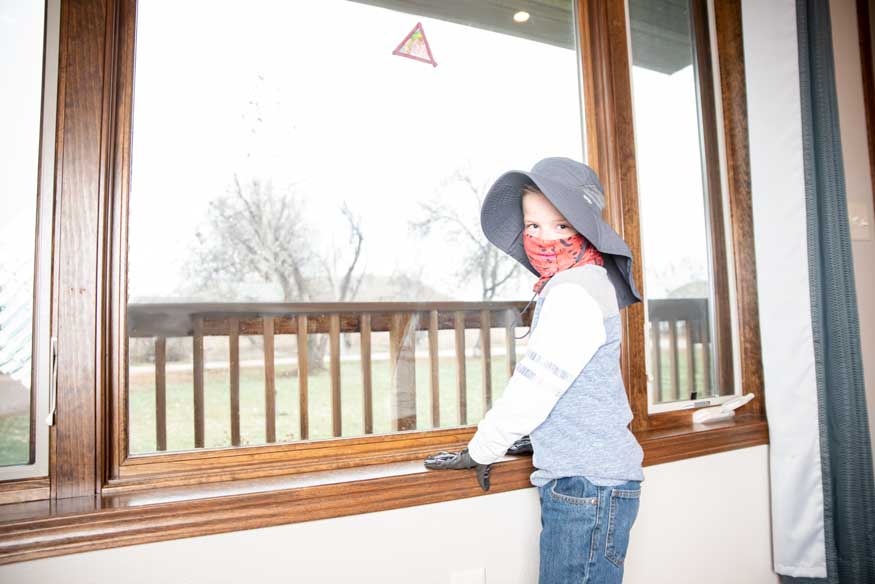

The family tries their best to give the children as normal a life as possible, even if it means waiting until evenings when the sun goes down to let them go outside and play.
Ryan has advice for other parents whose kids are diagnosed with uncommon medical disorders.
“The main thing is to be persistent,” he says. “Be an advocate and speak up for your kid.”
It’s clear that he and Heather are doing just that to ensure their kids have as normal a life as possible.
words by Mark Petruska
photos by Jesse Brown Nelson
To learn more about EPP, visit the National Organization for Rare Disorder’s web page or the American Porphyria Foundation at www.porphyriafoundation.org.

